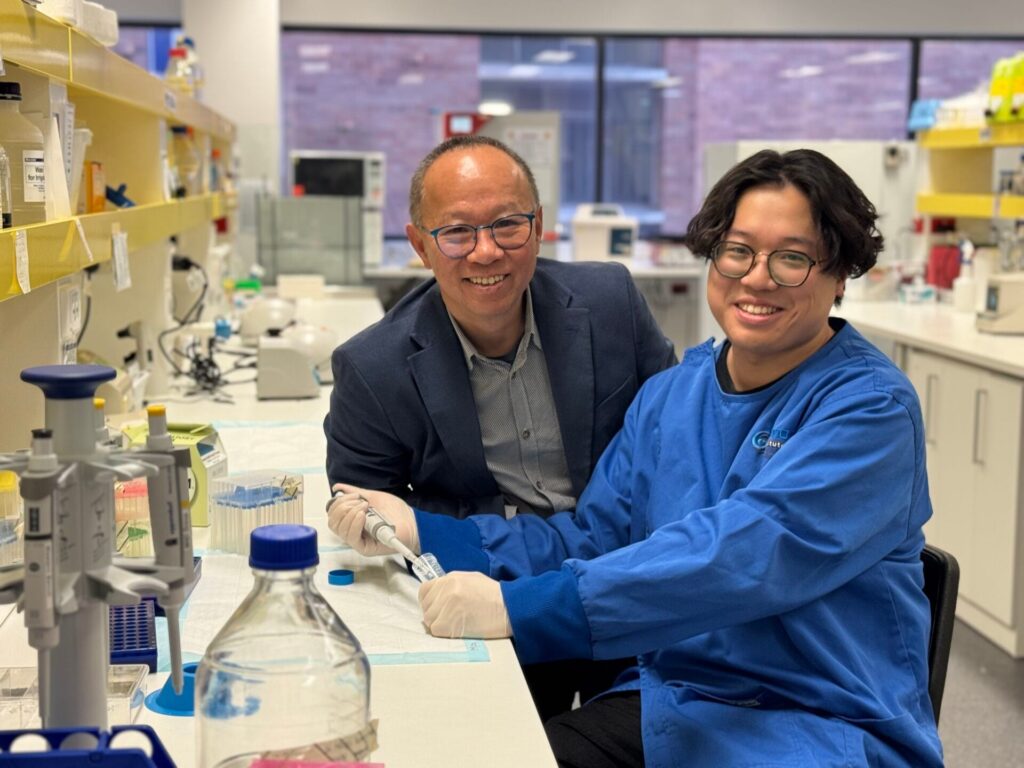
Scientists at the Perron Institute for Neurological and Translational Science and The University of Western Australia have unveiled a groundbreaking discovery in cellular biology. The team has identified a novel pathway through which cells respond to physical activity, revealing a direct mechanical signal that travels from outside the cell into its energy-producing parts. This finding, published in Science Advances on June 26, could revolutionize our understanding of exercise and its myriad benefits.
The international study, spearheaded by Dr. Ziming Chen and Professor Minghao Zheng, highlights the role of the endoplasmic reticulum (ER), a protein production hub within the cell, in sensing external mechanical forces such as stretching or strain. This process, the researchers found, is crucial in regulating energy production and maintaining tissue health.
Understanding the Cellular Response to Physical Forces
“Cells constantly experience physical forces, especially in load-bearing tissues such as tendon, muscle, and lung,” explained Dr. Ziming Chen, a postdoctoral scientist at the UWA School of Biomedical Sciences and the study’s first author. “We discovered that the ER plays a central role in converting these mechanical cues into metabolic responses, controlling how cells produce energy and prevent tissue damage.”
The research team employed custom-designed bioreactors alongside advanced genetic and microscopy techniques to investigate the effects of mechanical strain on cells. The study revealed that while moderate physical activity can enhance cellular energy production, excessive strain or injury can disrupt this process, leading to cellular damage. They identified a “sweet spot” of mechanical loading that optimizes energy production and promotes cellular health.
Implications for Health and Disease Management
Professor Zheng, the senior corresponding author and leader of the research team, emphasized the broader implications of this discovery. “This research has significant implications for understanding how our tendons and ligaments respond to exercise and physical activity,” he stated. “This discovery could lead to a better understanding of how to prevent injuries and improve tissue health.”
The potential applications of this research are vast. It could pave the way for new treatments that mimic the benefits of exercise, especially for patients with neurodegenerative conditions like motor neurone disease, who cannot engage in physical activity. The findings could also impact the management of conditions such as tendinopathy, osteoporosis, hypertension, and asthma.
Collaborative Efforts and Future Directions
The study was a collaborative effort involving researchers from Australia, Poland, and China. It was supported by the Australian Research Council Industrial Transformation Training Centre for Personalised Therapeutics Technologies and the Western Australian Innovation Seed Fund. The research team includes experts from various institutions, such as Dr. Peilin Chen, Jiayue Li, and Professor Brendan Kennedy, among others.
“This discovery could lead to a better understanding of how to prevent injuries and improve tissue health, opening the door for new treatments that mimic the benefits of exercise.” – Professor Minghao Zheng
As the scientific community digests these findings, the next steps involve exploring how this newfound knowledge can be translated into practical applications. Future research may focus on developing therapeutic strategies that harness these cellular pathways to enhance tissue repair and prevent degeneration.
With this discovery, the door is open for a deeper understanding of the complex interplay between mechanical forces and cellular health, potentially transforming how we approach exercise, rehabilitation, and disease management.





